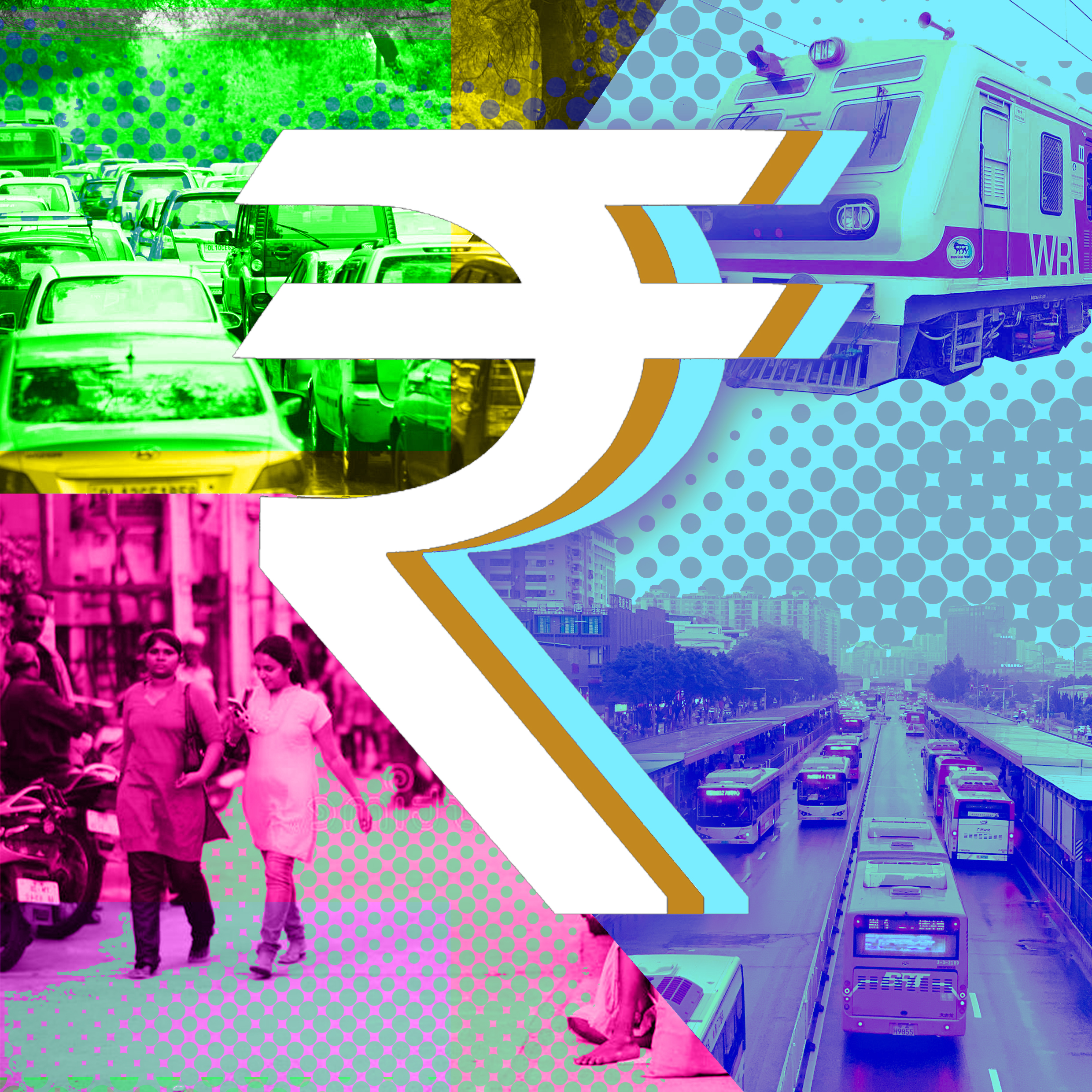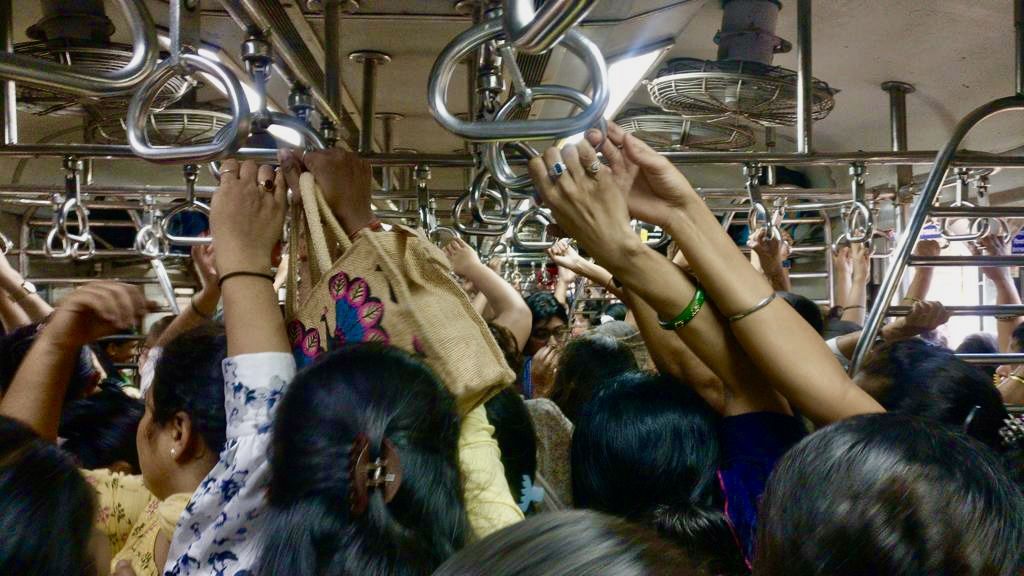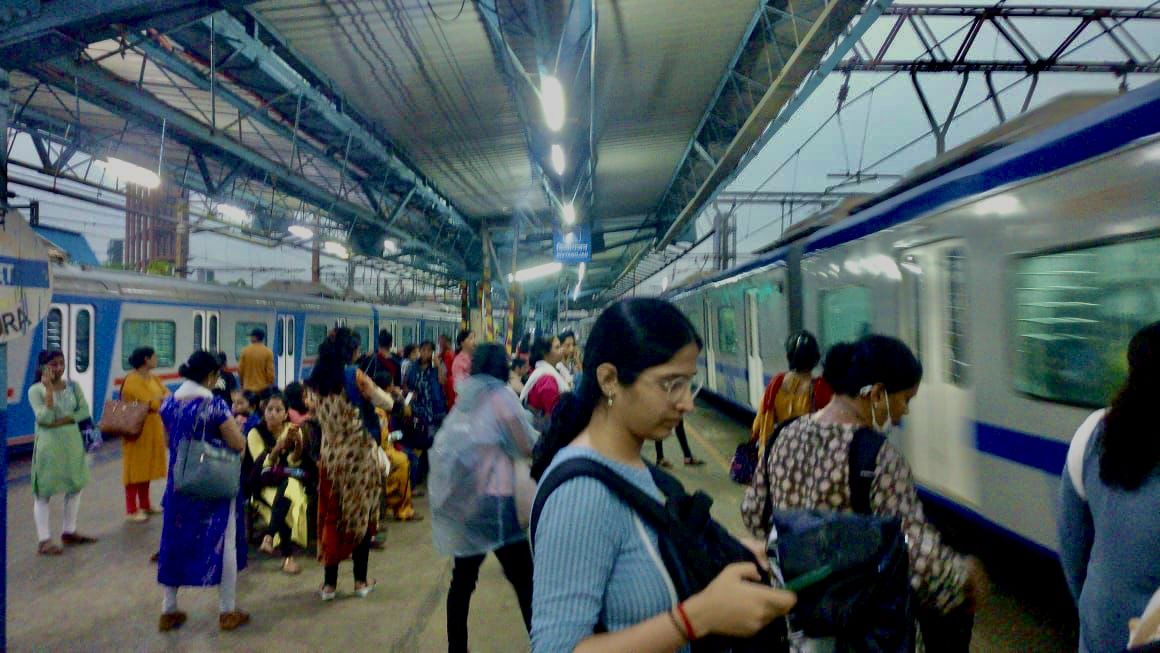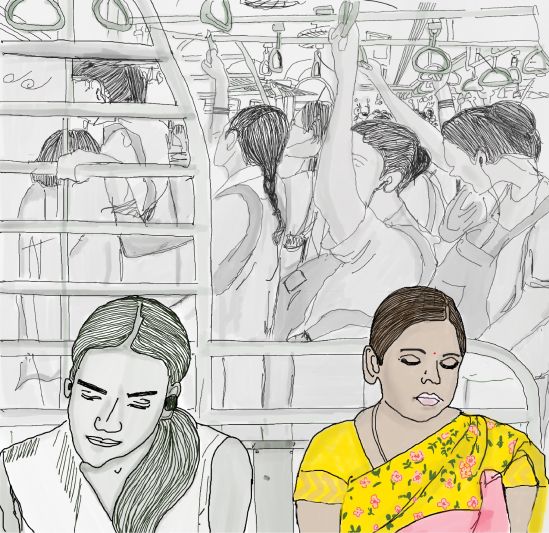The Economics of Transport Choices

The Economics of Transport Choices
While a substantial number of studies show that a sizeable proportion of women in low-income employment invariably travel shorter distances, there are some studies revealing another facet of gendered mobility, wherein most women for any given income level still commute over shorter distances (Villeneuve and Rose, 1988; Hanson and Johnston, 1985; Cattan, 2007). In the case of Mumbai, out of more than four hundred responses that were received from the electronic survey, a whopping 53% of respondents identified as having less than Rs 1 lakh as their annual income. This was also reflected in their choice of transport - the survey’s respondents belonging to low-income groups heavily relied on walking, local train and shared autos. Among this roster of options, walking was favoured more than the other two options.
Such trends have been corroborated by case studies around the world. Differential economic conditions among family members of different genders also skew the overall accessibility of public transit, within the same familial unit (or any transit mode, really). In her work on the accessibility of transit modes by women in low-income groups in Chennai, Sumeeta Srinivasan observes that the notion of accessibility from a woman’s perspective is separate from that of the men of their household. She further adds that this is majorly due to the lower probability of women owning a vehicle or having a license to drive it (Srinivasan, 2008).
A superficial glance at our research project is in alignment with many scholars’ works positing the high levels of dependence of women from low-income groups on non-motorized modes. Srinivasan’s work in Chennai suggests that low-income households and, especially, women in Chennai still rely on non-motorised modes as their primary mode choice for travel to both work and non-work destinations (ibid). On further examination of our study's respondents, we can observe a similar correlation emerging between women's income levels, trip lengths and preferred modes of transport. The study has also shed some light on the income disparities between women across regions within Mumbai, as well as the disposable income accessible by women within families. Here, one can also correlate income groups with trip lengths, but only in conjunction with their dependence on private modes of transport. While many of the respondents do exhibit some degree of homogeneity in their trip length and time, the quality of the trip and the mode of travel shows a separate reality. Women relying solely on private cars travel far indicative of their income levels and their access to disposable income.
AC trains: An unfair fare?
Some women, particularly women travelling in non-air conditioned compartments have lamented the increasing cost of AC trains while stating their inability frequently take the AC train due to high fares. One respondent from the Central line talks about the infrequency of normal trains compelling her to take AC trains. She adds, “Because the train after 7:47 am (at 7:59 am) is very crowded, the rush increases. Therefore I think they should keep a local in between these two trains. And now that they have brought in the AC local, it is causing a lot of problems. Normal local trains have reduced (in number) and AC local has increased. You can’t go in the AC local frequently due to the fare, it becomes too much. We have to think twice.” Along the same vein, another respondent opines, “AC train for those who can afford it should increase and I know there is one 622 Kurla which is useless. Why do you travel via a separate train for Kurla from CSMT? I don't understand. So trains should be completely removed and long-distance trains like Ambernath, Badlapur, Karjat, and Kasara should be there because those people have very limited trains and they face a lot of problems.”
When asked about allied infrastructure, she commented, “In the summer, AC bus stops will be more helpful because nowadays, the heat in summer is more exhausting. They drain you out completely. So AC bus stops can be more useful.” Similarly, another respondent stated, in a matter-of-fact manner, “I don’t think it is affordable to use private vehicles daily. Spending 100-200 per day just for travel won’t work, whatever we have we can only work with that.”
On the other hand, some respondents have qualms about compromising their comfort to reach their workplace, especially during rush hours, asserting, “I started from Dombivli because local trains are heavily crowded, I prefer travelling through AC, both ways. It is very comfortable because of the AC trains, otherwise, it would have been like, yesterday, when I missed my AC train. So I had to go with the ordinary local and from Dombivli to CSMT. I was standing. So yesterday I felt that pain in my heels, and I decided never to get late.”
Consequences of commute
Differential access and usage of transit options can have far-reaching implications, especially in the economic realm. Some studies of household travel in Chengdu and Chennai (Srinivasan, 2004; Srinivasan and Rogers, 2005; Srinivasan, forthcoming) using these data have suggested that women in central locations with better accessibility were more likely to both make more trips and travel farther for work trips. In the case of Chennai, living in a central zone allowed for more parity in the travel costs and times of men and women. A study in West Africa by Glick (1999) also observes that the spatial distance from the city’s commercial centre has a profound impact on the cost of transportation to the city’s core, affecting women’s entry into self-employment. Economics also plays a crucial role in the hypermobility of women, where lower wages for women reflect on factors such as the added responsibilities of running errands along with commuting for work, women choosing more economically feasible options such as walking, public transit and paratransit, and the increasing distance between workplace locations and their homes.
References
- Glick, P.J. (1999), ‘Simultaneous Determination of Home Work and Market Work of Women in Urban West Africa.’ Oxford Bulletin of Economics and Statistics 61(1): 57–84.
- Srinivasan, S. (2004) The Influence of Location on the Travel Behavior of Women: A Case Study in Chennai, India. Proceedings of the Transportation Research Board Research on Women's Issues in Transportation Conference, Chicago.
- Srinivasan, S. and Rogers, P. (2005) ‘Travel Behavior of Low-income Residents: Studying Two Contrasting Locations in the City of Chennai, India’. Journal of Transport Geography, Vol. 13 (3): 265–274.
- Srinivasan, S. (2008). The Travel Behavior and Accessibility Characteristics of Women in Chengdu, China. World Transport Policy & Practice (Special Issue on Gender and Mobility).
- Villeneuve, P. and Rose, D. (1988), ‘Gender and the separation of employment from home in metropolitan Montreal: 1971–1981’, Urban Geography 9 (2), 155–79.








